Ping G730 Iron Review
We put Ping’s new game improvement iron through its paces to see what high handicappers can expect
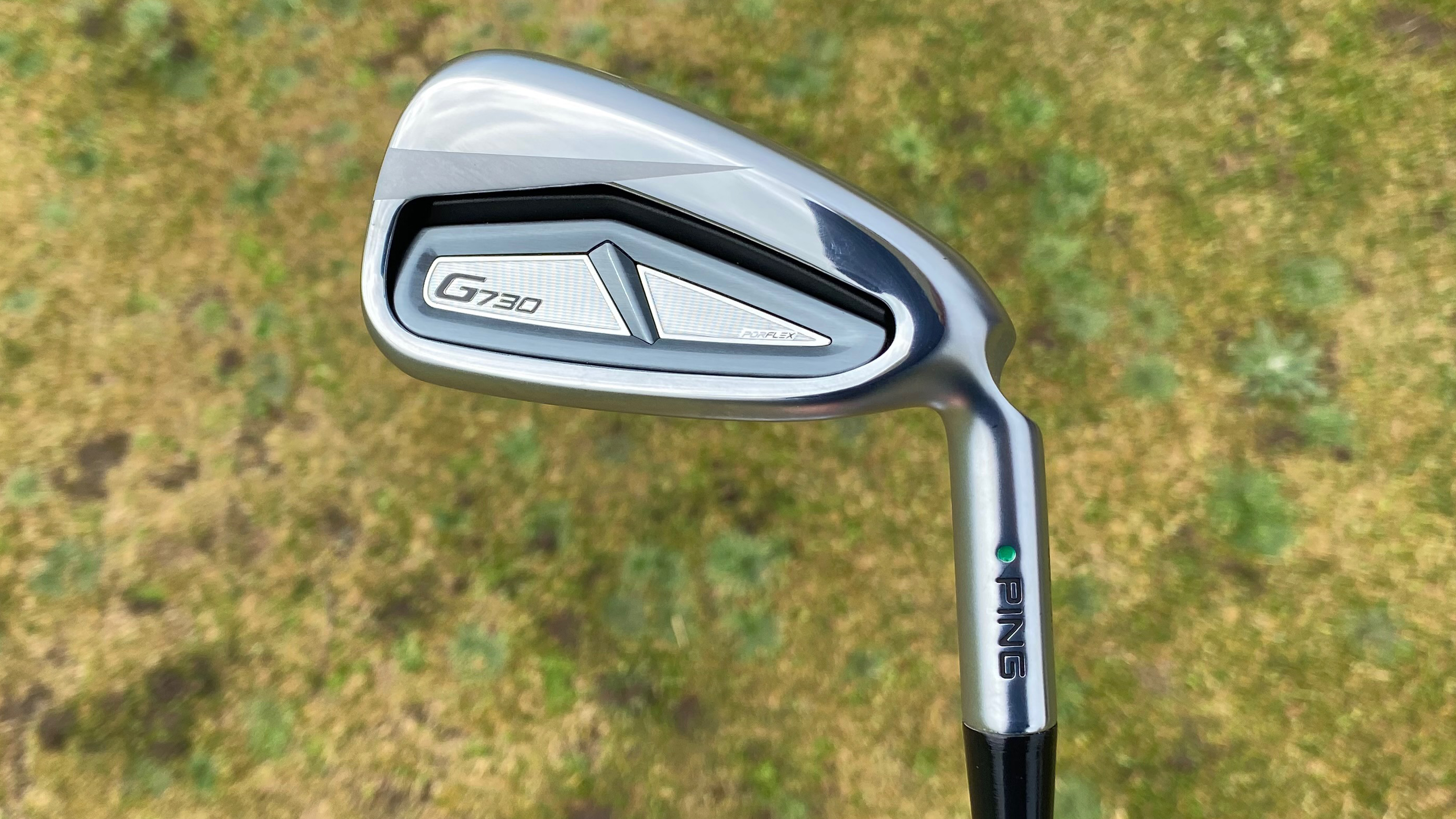
The Ping G730 irons are a genuine step forward from the G710 in more ways than one. A cleaner aesthetic, significantly improved feel and exceptional distance all add up to genuine progress. If you are shopping in the game-improvement market then the G730 needs to be on your test list.
-
+
Exceptionally long
-
+
Sophisticated aesthetic
-
+
Great feel for this category
-
-
The strong lofts won't suit everyone
Why you can trust Golf Monthly

Following on from the success of the G710 iron, Ping is completing its 2024 lineup with the G730. Hoping to sit alongside some of the best game-improvement irons in the game, we took it out for a spin to see what it had to offer.
Starting with the tech, as with the i530 released alongside it, everything in the G730 design seems to have been aimed at increasing ball speed and distance. Ping says it has unlocked the exceptional strength profiles of hyper 17-4 stainless steel with an advanced heat treatment to increase flex and lower CG, resulting in distance gains across the board.

“The added ball speed is the real difference maker in the G730 iron,” John K. Solheim, Ping CEO & President said, “It helps get the ball in the air easier and gives golfers the distance they need to hit shorter irons into the green with a higher max height, so their shots hit and hold, improving their chances of more makeable birdie putts.”
These design features, coupled with standard lofts that are between 1.5˚ and 4˚ stronger than the G710 iron should in theory make these one of the longest irons on the market.

As someone who is not generally shopping in this market, I can sometimes be a little snobby in regard to the looks of game-improvement irons. As I am used to thin top lines, short blade lengths, and minimal offset, the larger, clunkier profiles can sometimes put me off. Not so with the G730. That’s not to say they aren’t big, they are. Sizeable blade lengths and a fairly chunky top line let you know that you are getting some assistance, but somehow they don’t look clumsy. I also like the new finish which is a blend of Ping’s Hyrdopearl 2.0 with nice chrome accents that add to the premium feel.
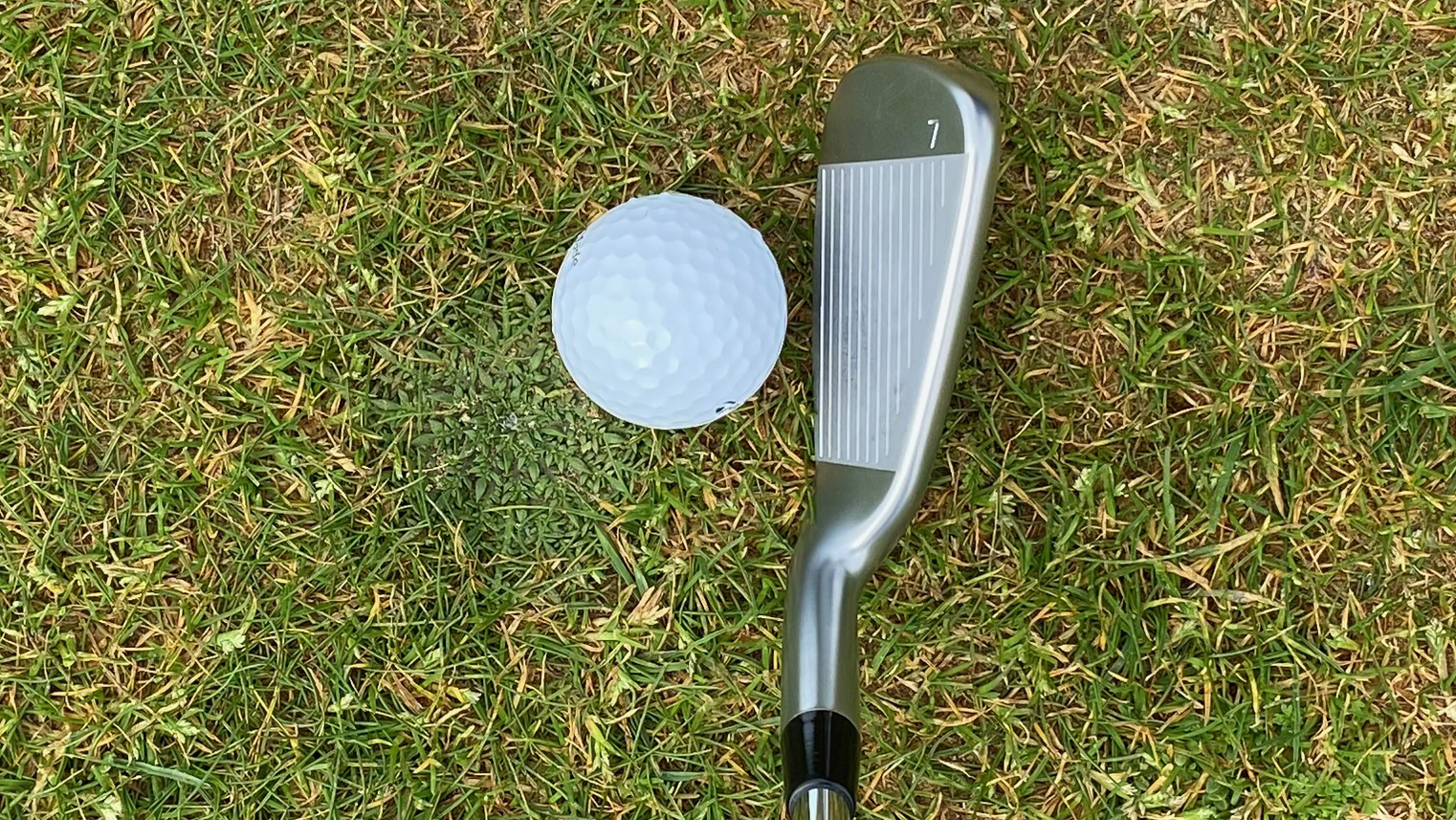
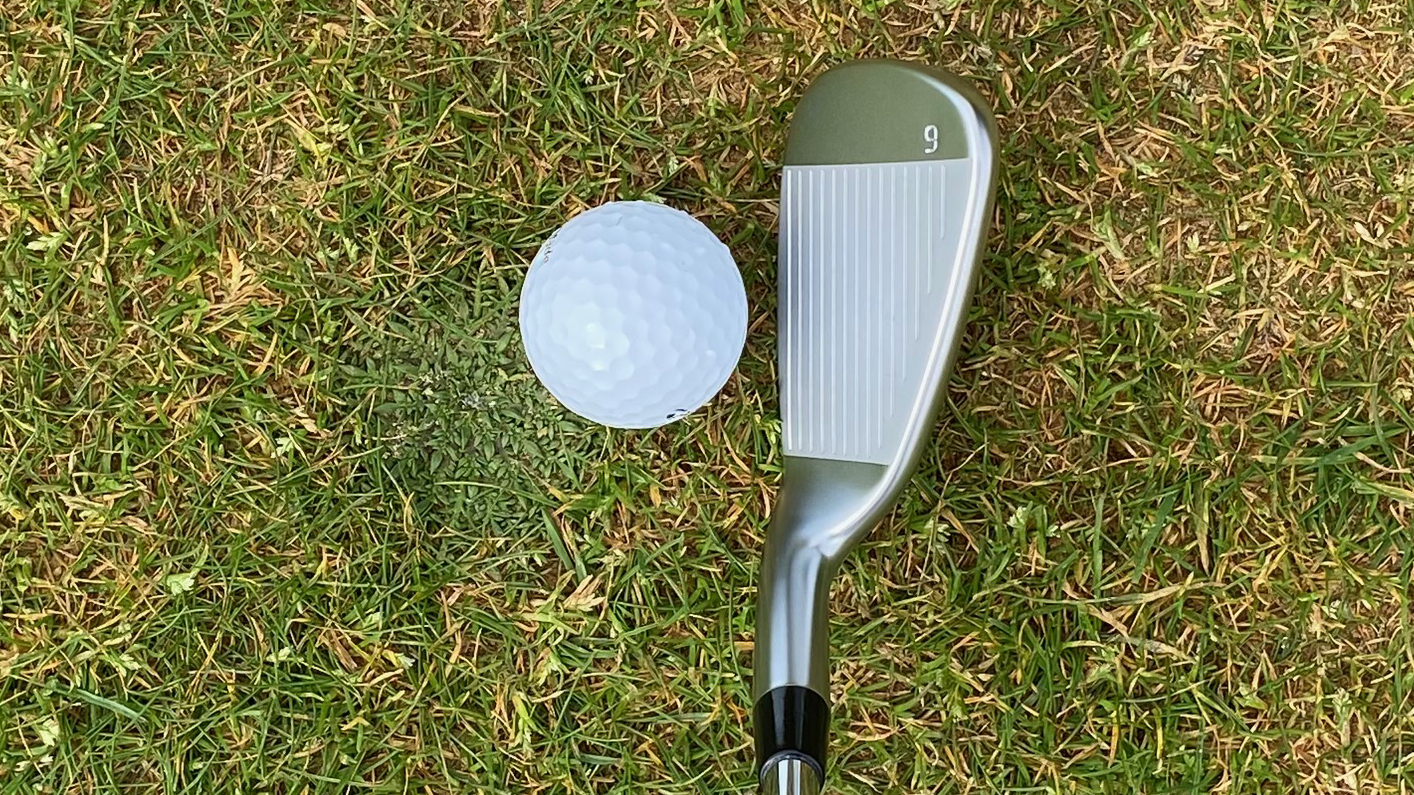
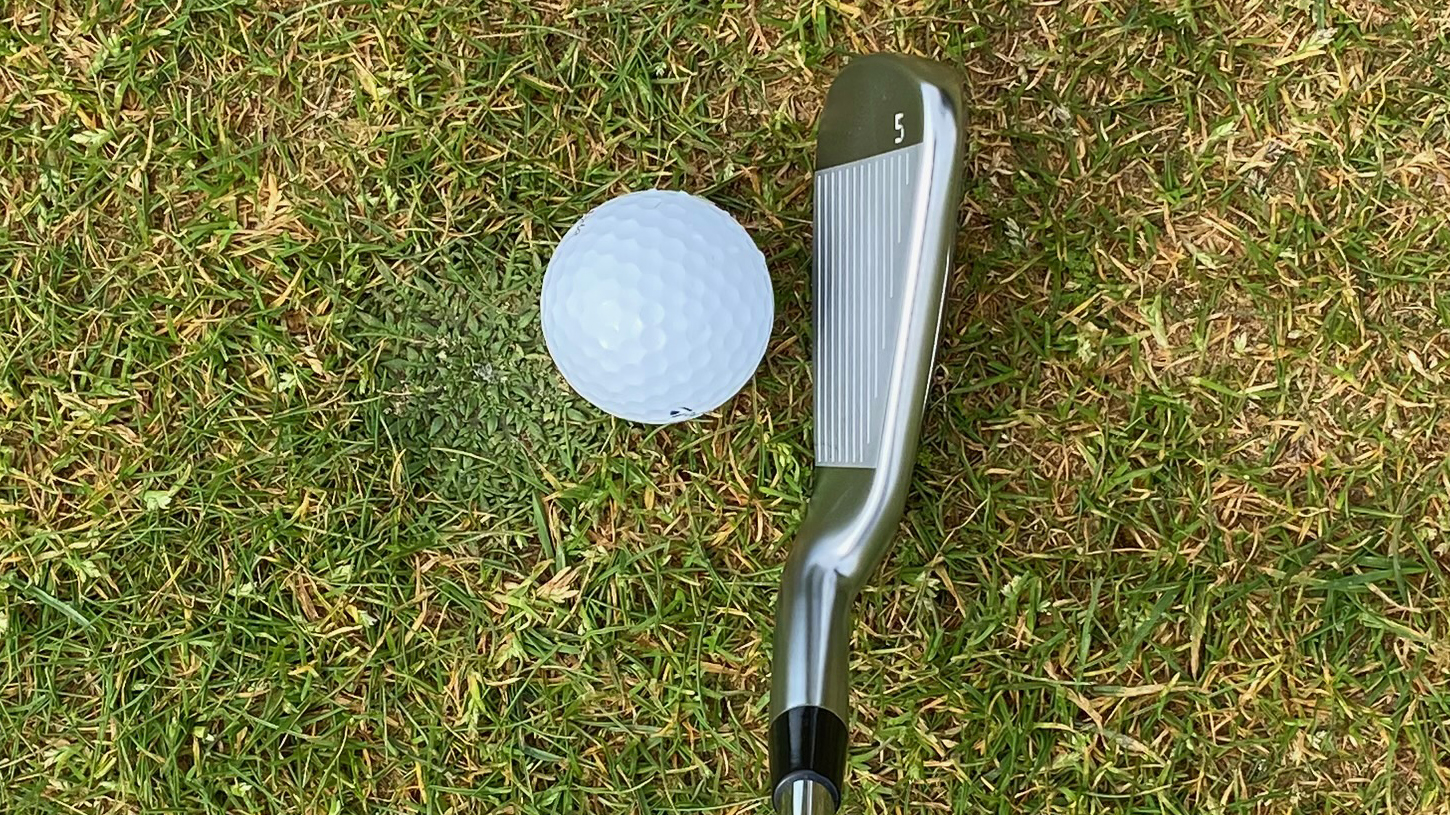
On to the performance and I tested these irons on the practice ground and course at Saunton Golf Club in North Devon using my Full Swing KIT launch monitor and TaylorMade TP5 golf balls.
Ball speed was the highest of any iron in this category I have tested to date, with the 7-iron averaging an exceptionally quick 131.4 mph. The launch wasn’t as low as I expected for a 7-iron with a base loft of 28˚ coming in just over the 15˚ mark. Whilst that is far from high, the peak height still reached a very comfortable 95 feet for me which could probably be attributed to the high ball speed number and reasonable spin readings of 5244rpm on average.
Subscribe to the Golf Monthly newsletter to stay up to date with all the latest tour news, equipment news, reviews, head-to-heads and buyer’s guides from our team of experienced experts.
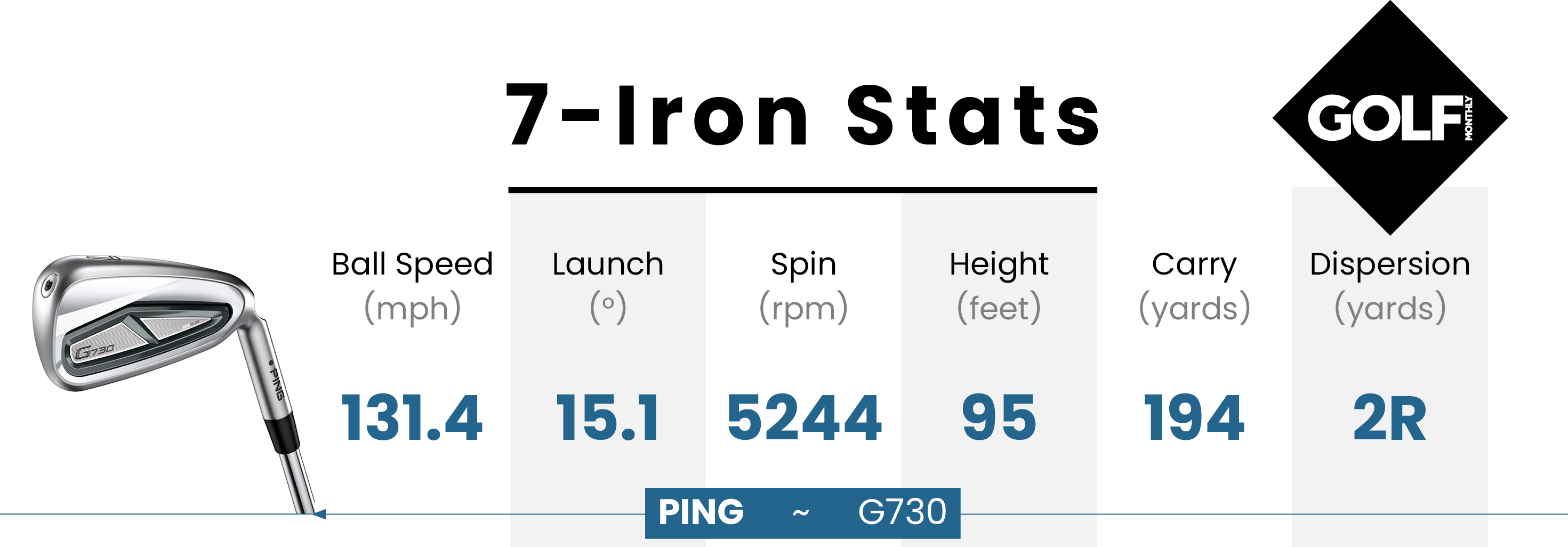
Aside from the impressive numbers, I really enjoyed the feel of the G730 iron. Many in the game-improvement category fall into one of two categories, too hard or too lively, but the G730 has the blend just right. Don’t get me wrong, you aren’t going to get the buttery feel of some of the best golf blade irons, but you will experience a very satisfying thud at impact. Furthermore, the wide soles of the G730 irons offer a good amount of bounce which helped me slide through some pretty firm links turf very easily, again contributing to the high-quality feel.
For me, the G730 irons go right in at the top end of the game improvement market. Superb launch monitor numbers, excellent feel, and a nice clean aesthetic would have me taking a long hard look at these if I were looking into the game-improvement market. The option of Power and Retro specs make them an even more appealing prospect, with RRPs of £180 per club with stock steel shafts and £190 per club with stock graphite shafts.

Joe has worked in the golf industry for nearly 20 years in a variety of roles. After a successful amateur career being involved in England squads at every age group, Joe completed his PGA degree qualification in 2014 as one of the top ten graduates in his training year and subsequently went on to become Head PGA Professional at Ryder Cup venue The Celtic Manor Resort. Equipment has always been a huge passion of Joe’s, and during his time at Celtic Manor, he headed up the National Fitting Centres for both Titleist and Taylormade. He’s excited to bring his knowledge of hardware to Golf Monthly in the form of equipment reviews and buying advice.
Joe lives in North Devon and still plays sporadically on the PGA West region circuit. His best round in recent years came earlier in 2023 where he managed a 9 under par 63 at Trevose GC in a Devon & Cornwall PGA Tournament.
Joe's current What's In The Bag?
Driver: Switch between TaylorMade Qi35 and Callaway Elyte TD - both with Fujikura Ventus Black 6-X
Fairway wood 1: TaylorMade BRNR Copper Mini Driver - Fujikura Ventus Black 7-X
Fairway wood 2: Callaway Apex UW 17˚- Fujikura Ventus Black 9-X
Irons: TaylorMade P7CB 3-PW with Dynamic Gold Tour Issue X100 shafts
Wedges: Callaway Opus 50, 54, and 60 degrees - Project X LS 6.0 shafts
Putter: LAB Golf Oz.1 (zero shaft lean)
Ball: TaylorMade 2024 TP5x
Grips: Golf Pride Tour Velvet 60R
Bag: Vessel Player IV Pro DXR Stand